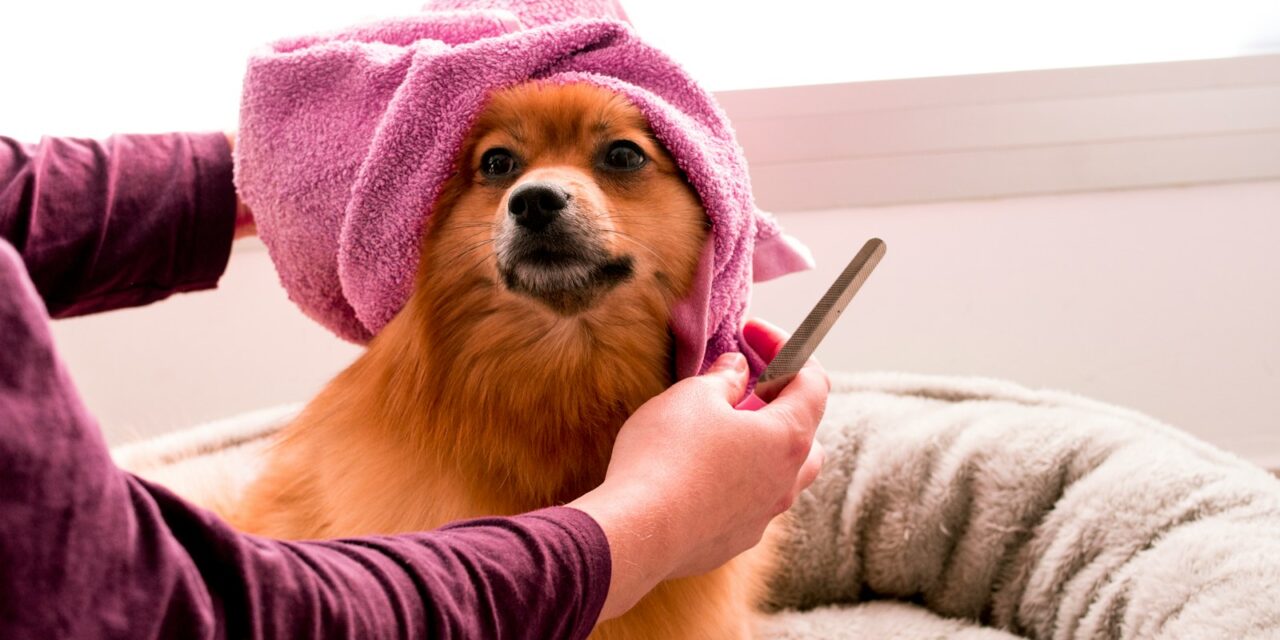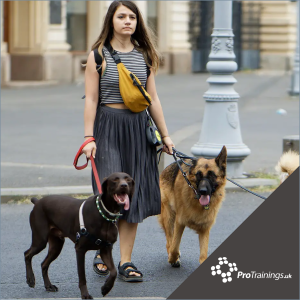Global pet care sales grew by 5.9% to USD197.6 billion in 2023, driven by the trend of pet humanisation and the increasing demand for premium products, according to a report by Euromonitor International.
Pet owners, treating their animals as family members, showed a reluctance to cut back on spending for their pets despite economic pressures. In fact, many preferred to reduce other expenses to maintain pet care costs.
Although the volume growth of pet products slowed to just 1% due to rising living costs and a deceleration in pet population growth, the industry remained robust. The loyalty of pet owners to established brands helped sustain sales, even amidst global economic challenges.
Elif Polat, Consultant Researcher at Euromonitor International, highlighted the resilience of the pet care market: “Over the next four years, retail value sales are expected to continue growing but at a slower pace. The pet care market remains resilient to the global economic downturn because of consumer loyalty to brands.”
The US Leads the Pet Care Market, Brazil and Thailand Show Growth Potential
The United States continues to lead the global pet care market, with a wide variety of premium pet products available across e-commerce and physical stores. Dry dog food, dog treats, and mixers remain the largest categories in the US by value, with cat treats and mixers predicted to see the highest growth at 4% CAGR over the next four years.
In Brazil, the pet care market is set to expand with a CAGR of 7%, driven by a surge in pet adoption during the pandemic and an increasing focus on preventive health through premium food products. Thailand is also expected to show strong growth with a 9% CAGR, thanks to a rise in pet humanisation, e-commerce development, and the increasing pet population following lockdowns.
Cats Overtake Dogs in Key Markets
In several key markets, such as the US and China, the number of pet cats is now outpacing dogs, with cat food growing faster than dog food. Cats have become more popular in part due to their independence, making them easier for pet owners to manage, especially as many people returned to the office post-pandemic.
Polat noted: “Cats are easier to look after as they are more independent and suffer less from separation anxiety compared to dogs. This has benefited pet parents who have now returned to the office after the pandemic.”
The global value of cat food is expected to surpass that of dog food in 2024, especially in markets such as New Zealand and Germany, where cats have become more popular than dogs. However, dog food will still account for a larger share of total pet food sales worldwide, particularly in regions like Latin America. Additionally, the cat treat market is projected to grow faster than dog treats, driven by innovation in areas like gut health and increasing disposable incomes in major economies.
Premium Pet Food and Sustainable Practices Drive Market Trends
Dry food remains the dominant format for pet food, particularly for dogs, due to its affordability and convenience. However, both dry and wet food categories are evolving to cater to more sophisticated consumer demands. Premium products featuring novel ingredients are becoming increasingly popular, while wet food formats are innovating around packaging and presentation. The growing humanisation trend in pet care is influencing this shift, as owners seek products with enhanced appeal and perceived health benefits for their pets.
Brand loyalty is especially strong in the premium segment, while mid-priced and economy segments are working to offer higher-quality products at more affordable prices. Pet food companies are also focusing on fortifying their products with nutrients such as protein, probiotics, and vitamins to support a holistic approach to pet health.
In the premium sector, private label products are also gaining traction. For instance, Walmart introduced Pure Balance PRO+, a premium product line that offers high-quality ingredients at a lower price point. Meanwhile, established brands like Mars and Nestlé have shifted their focus to their premium offerings, discontinuing their economy ranges to meet growing demand for quality.
Sustainability is another growing concern for pet owners. More companies are incorporating sustainable ingredients into their products in an effort to reduce their carbon footprint. According to Liseth Galvis-Corfe, Consultant Researcher at Euromonitor, “For brands, it is key to communicate steps taken to achieve long-term sustainability goals and to gain consumers’ trust and avoid greenwashing.”
E-commerce and Pet Shops Drive Pet Care Sales Growth
The shift towards online shopping for pet care products has continued, with e-commerce’s share of total sales expected to grow from 17% in 2019 to 30% in 2024. Online platforms and subscription services tailored to pets’ needs have expanded significantly since the pandemic, offering consumers the convenience of shopping from home. E-commerce also allows pet owners to compare prices and find promotions, which has become increasingly important amid rising living costs.
Galvis-Corfe added, “In 2023 and 2024, with the increased cost of living, e-commerce offers the advantage of price comparisons, helping pet owners to find promotions and discounts.”
While e-commerce is growing rapidly, physical stores still account for the majority of pet care sales. Pet shops and superstores are particularly attractive to pet owners as they often provide additional services, such as grooming and vaccinations, supporting the holistic wellbeing of pets. In 2024, these stores are expected to account for 39% of value sales in the pet care market.
For more information on the state of the global pet care industry, Euromonitor International’s World Market for Pet Care 2024 report provides further insights.








